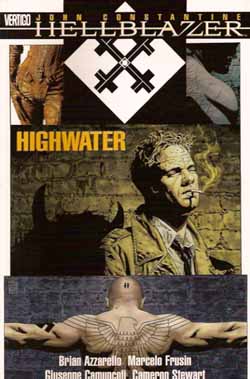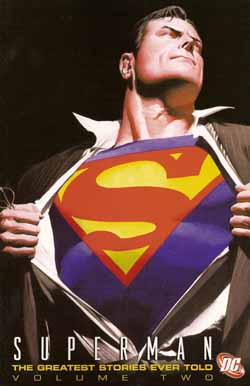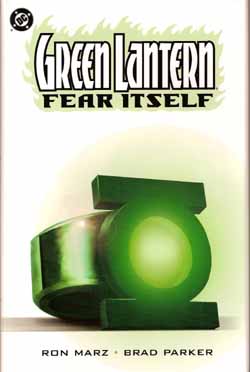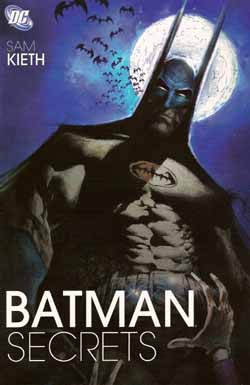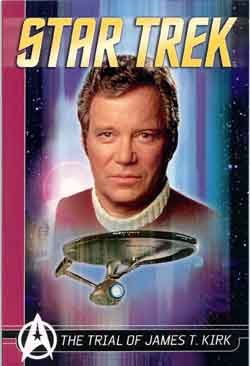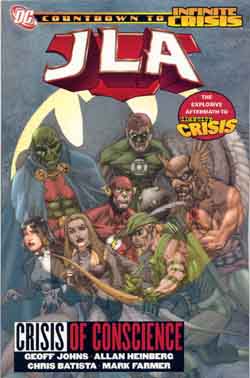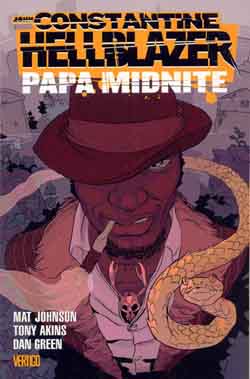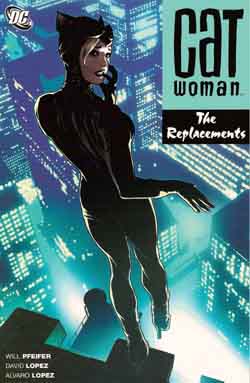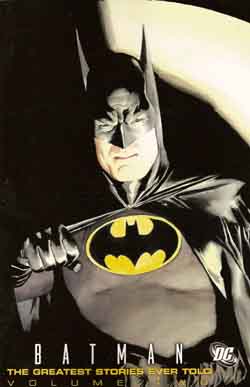 Â
Â
By Bob Kane & various
(DC Comics)Â ISBN 1-84576-427-7
If you buy into the myth, then there are actually many great Batman stories. Over the decades lots of very talented creators have excelled themselves within Gotham City. Often the real problem is one of context, as many adventures worry reprint editors in terms of Sell-By Date, as if nearly seven decades of creativity can avoid looking dated to some modern consumers. Guys, who cares? They’re the ones who want to remake The Ladykillers and never read any book written before 1989. If they can’t understand history unless it’s got an American accent then they’re not worth the effort.
This selection has opted for a more open-minded interpretation and there is probably something that will appeal to every disparate sub-section of Bat-fan, from Dark Knight to Alien-Busting Boy Scout, since one of the big secrets of the Caped Crusader’s success has been his adaptability. There really is a Batman-for-all-seasons, and I’m sure someone, somewhere has written a thesis on his social mirroring of each popular societal trend.
For us though, there’s a charming and rewarding blend of Dark and Light as we walk the streets of Gotham from the late 1930’s to today.
One smart move is opening with a modern(ish) retelling of the origin and first case by reprinting Roy Thomas and Marshall Rogers’ excellent tale of the Golden Age Batman from Secret Origins #6 (1986) and following with Hugo Strange and the Monsters (Batman #1, 1940), Bill Finger, Bob Kane and Jerry Robinson’s pulp masterpiece that was recently reworked by Matt Wagner as Batman and the Monstermen.
From the idyllic 1950s period comes The Career of Batman Jones (Batman #108, 1957), a tale of a boy who wants to be a crime-fighter, by Finger, Sheldon Moldoff and Charles Paris. And the same team produced Prisoners of Three Worlds, a trans-dimensional sci-fi drama featuring Batwoman and the very first of many Batgirls (Batman #153, 1963). How Many Ways can a Robin Die? (Batman #246, 1972) comes from that edgier period when Batman first regained his grim mystique, and has the hero hunting for his missing partner and an axe-wielding psycho-killer, courtesy of Frank Robbins, Irv Novick, Dick Dillin and Dick Giordano.
The Batman’s Last Christmas comes from Brave and the Bold #184 (1982), a potentially confusing tale for some, as the daughter of the deceased Earth II Batman crosses the dimensional divide to spend the holidays with our hero. Mike W. Barr and Jim Aparo keep the scorecards there. Detective #526 (1983) gave us All My Enemies Against Me! an anniversary tale featuring a huge punch-up against nearly two dozen bat-foes and the origin of a new Robin, written by Gerry Conway, drawn by the shamefully neglected and much missed Don Newton, and inked by Alfredo Alcala.
The more-or-less modern Batman is represented by Of Mice and Men (The Batman Chronicles #5, 1996) by Alan Grant, Scott McDaniel and Ray McCarthy and Cave Dwellers by Scott Beatty, Chuck Dixon, Marcos Martin and Alvaro Lopez (Batgirl: Year One #4, 2003), both reinterpreting the early days of the characters for a modern and ostensibly more sophisticated audience, and both doing a good job of it. The volume closes with a stylish pastiche of black and white movie classics with the decidedly odd but engaging Citizen Wayne by Brian Michael Bendis and Michael Gaydos from The Batman Chronicles #21, 2000.
With judicious selection, there’s probably a good few more tales that could appear in successive volumes, but I’m still a little hesitant with that ‘Greatest Ever’ tag. Surely they can’t all be … No wait, I actually think they can.
© 1940, 1957, 1963, 1972, 1982, 1983, 1986, 1996, 2000, 2003, 2007 DC Comics. All Rights Reserved.

